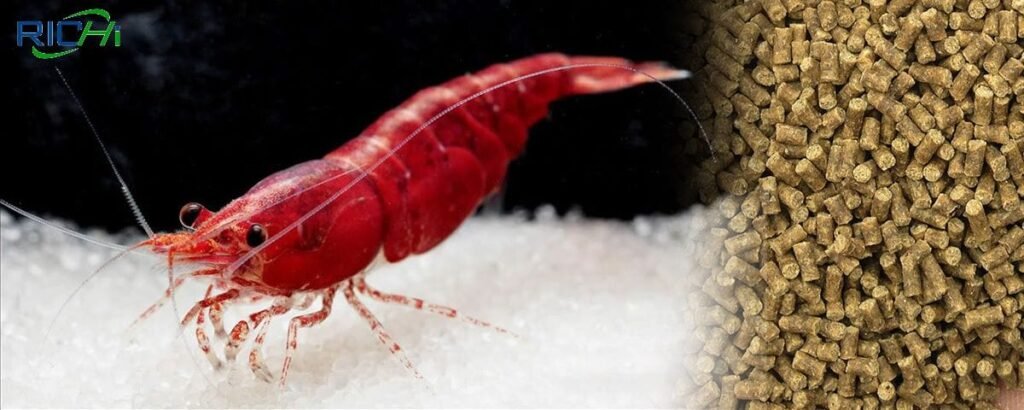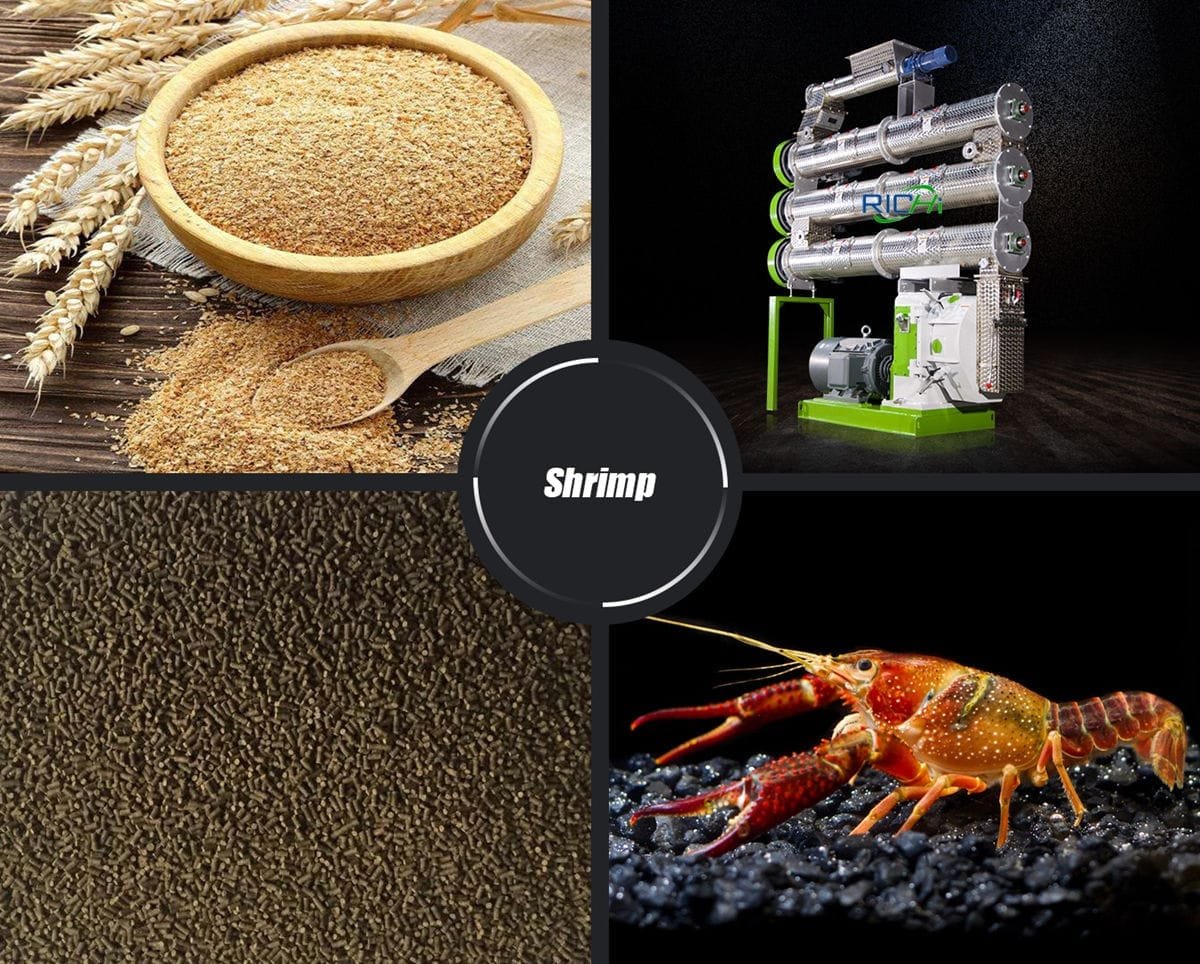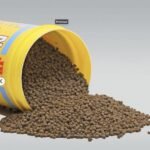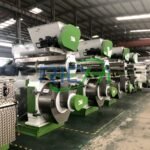Shrimp farming is rapidly emerging as a vital segment of the global aquaculture industry, with a growing demand for shrimp across the globe. As the industry expands, the necessity for efficient and high-quality feed production becomes increasingly critical. Shrimp feed pellet machines play a pivotal role in this context, providing significant advantages for shrimp farmers and feed manufacturers alike. This article delves into the importance of shrimp feed pellet machines in contemporary shrimp farming practices.
Enhancing Feed Quality and Consistency
One of the main benefits of using shrimp feed pellet machines is their capability to produce high-quality and consistent feed. These machines allow precise control over ingredient mixing, pellet size, and density, ensuring that each batch meets the specific nutritional requirements of shrimp at various growth stages. This consistency is essential for optimal shrimp growth and health, helping to maintain stable water quality and reduce the likelihood of disease outbreaks.
Improved Feed Conversion Ratio
Shrimp feed pellet machines can markedly enhance the feed conversion ratio (FCR) in shrimp farming. By creating pellets with the right size, density, and nutritional composition, these machines facilitate easy consumption and digestion by shrimp. This leads to better nutrient absorption and reduced waste, resulting in faster growth rates and overall improved farm productivity.
Water Stability and Environmental Impact Reduction
An essential aspect of shrimp feed is its ability to maintain stability in water over an extended period. Shrimp feed pellet machines can produce pellets with excellent water stability, which is crucial for several reasons:
- It allows shrimp adequate time to consume the feed before it breaks down.
- It minimizes nutrient leaching into the water, contributing to better water quality.
- It reduces feed waste, which can lead to water pollution and increased production costs.
By producing water-stable pellets, these machines promote more sustainable shrimp farming practices and help mitigate the environmental impact of aquaculture operations.

Cost-Effectiveness and Efficiency
Investing in a shrimp feed pellet machine can lead to significant cost savings for shrimp farmers and feed manufacturers. These machines enable:
- In-house feed production, decreasing reliance on expensive commercial feeds.
- Bulk purchasing of raw materials, reducing overall feed costs.
- Efficient production processes, minimizing labor and energy expenditures.
- Lower feed waste due to enhanced pellet quality and water stability.
Over time, these factors contribute to improved profitability and competitiveness within the shrimp farming sector.
Customization and Flexibility
Shrimp feed pellet machines provide a high level of customization and flexibility in feed production. Farmers and feed manufacturers can:
- Adjust pellet size to cater to different shrimp growth stages.
- Modify feed formulations to meet specific nutritional requirements or health concerns.
- Incorporate additives, probiotics, or medications directly into the feed.
- Produce various types of feed (e.g., starter, grower, finisher) using the same equipment.
This adaptability enables quick responses to shifting market demands or farm conditions, offering producers a competitive edge.
Technological Advancements
Modern shrimp feed pellet machines incorporate several technological advancements that enhance their significance in shrimp farming:
- Precision Control Systems: Advanced machines feature computerized control systems that allow for exact adjustments of processing parameters, ensuring consistent pellet quality.
- Energy Efficiency: New-generation machines are designed to be more energy-efficient, reducing operational costs and environmental impact.
- Improved Conditioning: Enhanced conditioning systems ensure better gelatinization of starches and denaturation of proteins, improving feed digestibility.
- Moisture Management: Advanced moisture control features help produce pellets with optimal moisture content, enhancing shelf life and water stability.
- IoT Integration: Some modern machines can connect to the Internet of Things (IoT), facilitating remote monitoring and data-driven decision-making.
Supporting Sustainable Aquaculture Practices
As the aquaculture industry faces mounting pressure to adopt more sustainable practices, shrimp feed pellet machines are instrumental in supporting these efforts:
- Efficient Resource Utilization: By improving FCR and minimizing feed waste, these machines help conserve valuable resources.
- Alternative Ingredient Processing: Advanced machines can process a variety of ingredients, including sustainable alternatives to fishmeal and fish oil.
- Reduced Environmental Footprint: Improved feed quality and water stability contribute to better water quality management and diminished pollution.
- Local Production: Enabling on-site or local feed production reduces transportation needs and associated carbon emissions.
Challenges and Considerations
While shrimp feed pellet machines offer numerous advantages, several challenges and considerations must be addressed:
- Initial Investment: High-quality machines often require significant upfront costs, which can be challenging for smaller operations.
- Technical Expertise: Proper operation and maintenance of these machines necessitate skilled personnel and ongoing training.
- Feed Formulation Knowledge: To fully utilize the capabilities of these machines, operators need a solid understanding of shrimp nutrition and feed formulation.
- Quality Control: Consistent monitoring and quality control processes are vital for maintaining feed quality and machine performance.
Future Outlook
The role of shrimp feed pellet machines in shrimp farming is expected to grow in the coming years. As the industry continues to expand and encounter new challenges, these machines will be crucial in:
- Meeting the rising demand for high-quality shrimp feed.
- Supporting the development of novel feed formulations with lower environmental impacts.
- Enabling more efficient and sustainable shrimp farming practices.
- Facilitating the adoption of precision aquaculture techniques through integration with other technologies. (Related post: fish feed pellet making machine)
Conclusion
Shrimp feed pellet machines have become essential tools in modern shrimp farming operations. Their ability to produce high-quality, consistent, and customizable feed significantly contributes to improved shrimp growth, farm productivity, and the overall sustainability of the industry. As technology advances and the aquaculture sector faces new challenges, the significance of these machines in shrimp farming will only continue to rise. For shrimp farmers and feed manufacturers looking to enhance their operations and competitiveness, investing in high-quality shrimp feed pellet machines is not just advantageous; it is increasingly crucial for long-term success in the industry.


